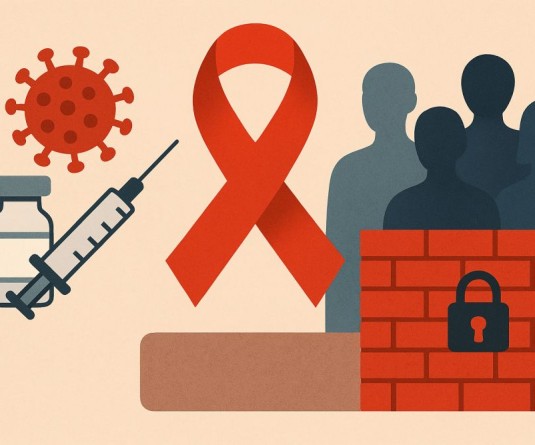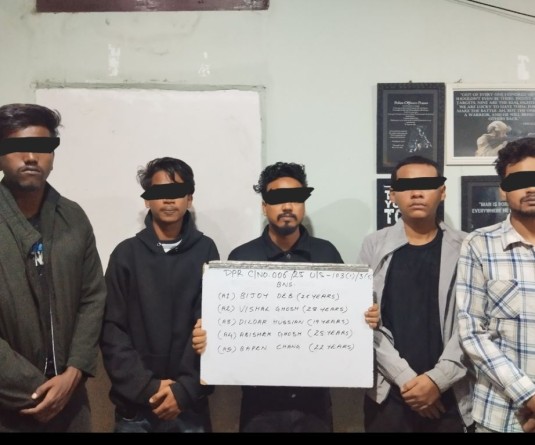
Imkong Walling
Dimapur | April 28
Dimapur | April 28
As documented in the earlier parts of this series, crime in Nagaland has been seen to be rising. It has remained a debate within citizen circles if this is a product of more crimes taking shape, or existing crimes being reported more. While murder, kidnapping and robbery have seen an upward climb in Nagaland state, violence against women has not remained far behind.
In the state-wise national registry of crimes committed against women in 2012, Nagaland appears at the bottom in terms of occurrence with the state reporting less than 10 cases per lakh population of women, according to data sourced from the National Crime Records Bureau (NCRB). Studied over time, however, internal state figures, sourced from the Nagaland Police Headquarters, Kohima, indicate that reported crimes against women are steadily rising. The PHQ data does not specify what criminal acts are classified as ‘crimes against women.’
From 20 reported cases in 2005, Nagaland reported 79 offenses against women in 2013. Thus, the state witnessed a 300 percent jump since 2005 in reported cases of violence against women. According to the data, a total of 383 cases were reported between 2005 and 2013.
Dimapur tops the list with 206 reported cases since 2005 till February 2014. In 2013, 45 cases were reported from the district, the highest since 2005, when 9 cases were recorded. Longleng reported only one incident in this category during the period; it was in 2011.
A break-up of the reported crimes against women entered in the latest NCRB registry of 2012 indicated that rape is the most common form of abuse in Nagaland. As many as 21 cases of rape were reported in 2012, according to the NCRB registry. There were 16 cases of ‘assault on women with intent to outrage her modesty’, while 4 cases were reported under the Immoral Traffic Act, 1956. There was one case of incest.
Of the 21 reported rape cases, 13 cases involved victims under the age of 18 years. The victim of the incest case was also a minor. Seven cases involved victims between 18 to 30 years of age.
A further break-up of the data on rape cases indicated that in 16 of the reported incidents, the offenders were known to the victim. The data noted that 6 of the offenders were neighbours, 2 were relatives, and 7 were, according to the registry, “other known persons”. In the incest case, the offender was indicated as a close family member or parent.
(Part III of a series)






